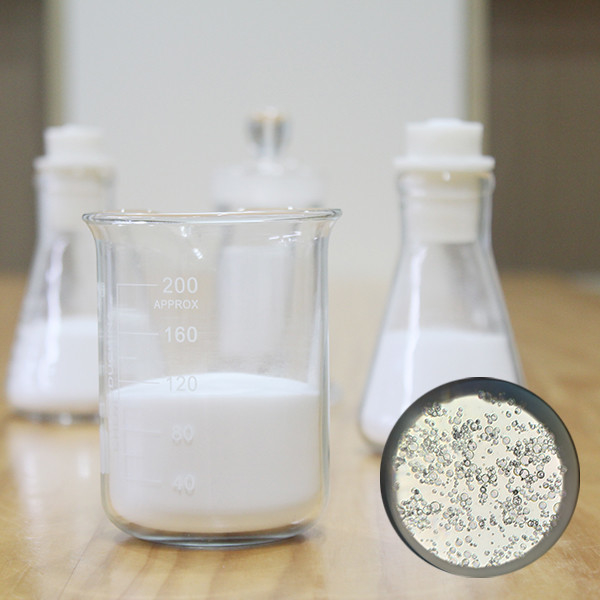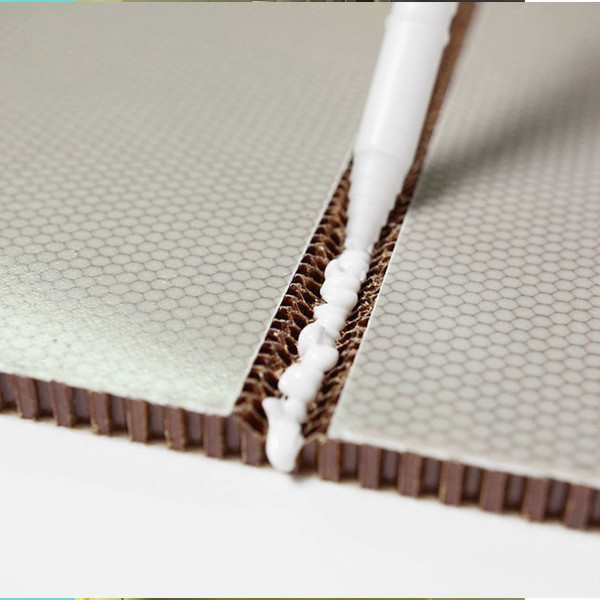HN15 Glass Microspheres for Aerospace Applications
Product Specifications
| Application |
Aviation Material |
| Diameter |
30-105 µm |
| Density |
0.15-1.0 g/cm³ |
| Compressive Strength |
300 psi |
| Chemical Composition |
SiO2, Na2O, CaO, MgO, Al2O3 |
| Color |
White or transparent |
| True Density |
0.13-0.17 |
| Bulk Density |
0.08-0.10 |
| Dielectric Constant |
1.2-2.2 (100MHZ) |
| Thermal Conductivity |
0.055 |
Hollow Glass Bubble Description
Hollow glass bubbles are essential components in aviation materials, offering an optimal balance of lightweight properties and structural strength. These microspheres provide excellent thermal insulation while significantly reducing component weight without compromising integrity.

Primary Applications
- Adhesives: Enhances strength, durability, and thermal insulation while reducing weight
- Fuel Tanks: Maintains structural integrity while minimizing weight in aircraft fuel systems
- Thermal Insulation: Provides superior insulation properties with significant weight reduction
Technical Specifications (HN15 Model)
| Model |
True Density (g/cm³) |
Bulk Density (g/cm³) |
Compressive Strength (Mpa/psi) |
Diameter (µm) |
| HN15 |
0.15-0.17 |
0.065-0.095 |
300 |
30-150 |
Key Advantages
- Lightweight construction
- Enhanced structural stability
- Superior corrosion resistance
Why Choose Our HN15 Glass Microspheres?
- Over 20 years of specialized hollow glass bubble manufacturing
- Ranked among the industry's leading HGB manufacturers
- Rigorous quality control ensuring consistent density, radius, and compressive strength
- Unmatched product reliability and performance stability
Frequently Asked Questions
What packaging options are available for HN15 glass bubbles?
We offer standard carton and ton bag packaging, with dimensions tailored to specific product models and densities. Custom packaging solutions are available upon request through our technical team.
What are Hainuo Technology's credentials in glass bubble manufacturing?
Established in 2011 with government-backed research, Hainuo Technology has achieved significant technological breakthroughs and earned recognition as a "High-Tech Enterprise" and "Outstanding Enterprise in Shanxi Province." Our products are utilized in major national projects by industry leaders like CNPC and CNOOC.
What safety precautions should be taken when handling glass bubbles?
Work in well-ventilated areas and handle packages gently to minimize dust. Those with dust sensitivities should use protective eyewear and gloves. Always maintain controlled movements when transporting packages.
What are the primary benefits of using hollow glass bubbles?
These microspheres enhance thermal insulation, improve fluidity and stiffness, increase strength endurance, and provide excellent chemical resistance while reducing material weight.
What industries commonly use hollow glass bubbles?
Widely applied in aerospace, rubber, plastic, marine, and construction industries as high-performance lightweight fillers that improve product characteristics and reduce production costs.
What is the size and density range of Hainuo glass bubbles?
Our product line offers densities from 0.11-0.606 g/cm³ and particle sizes ranging from 10-115 microns, with specific selections based on application requirements.
Are glass bubbles environmentally friendly?
Yes, manufactured from natural sand, our glass bubbles are fully recyclable and environmentally neutral. Sustainability is a core principle throughout our production processes.
Can glass bubbles be used in 3D printing applications?
Absolutely. When added to 3D printing materials, they reduce weight, enhance strength, improve printability, and minimize warping.
Are glass bubbles suitable for concrete applications?
Yes, they serve as excellent lightweight aggregates that improve thermal insulation, fire resistance, workability, and durability in concrete formulations.
What is Hainuo's production capacity?
Current annual capacity stands at 15,000 tonnes, with expansion plans to reach 35,000 tonnes by 2026 through new production line development.
What are the storage requirements for glass bubbles?
Store in dry, cool areas away from direct sunlight. Maintain sealed packaging to prevent moisture absorption and minimize particle emission.

 Your message must be between 20-3,000 characters!
Your message must be between 20-3,000 characters! Please check your E-mail!
Please check your E-mail!  Your message must be between 20-3,000 characters!
Your message must be between 20-3,000 characters! Please check your E-mail!
Please check your E-mail! 


